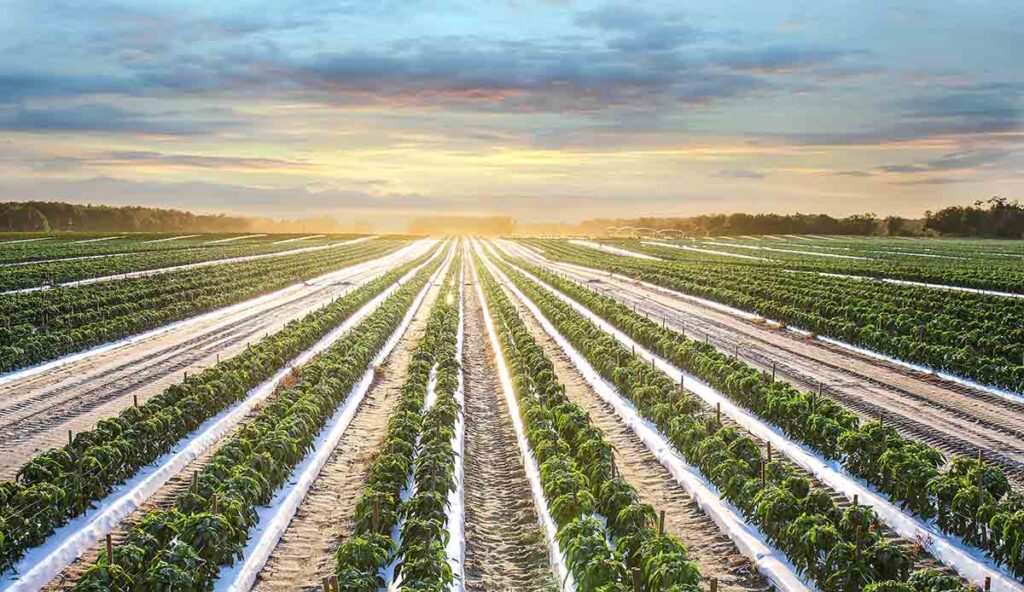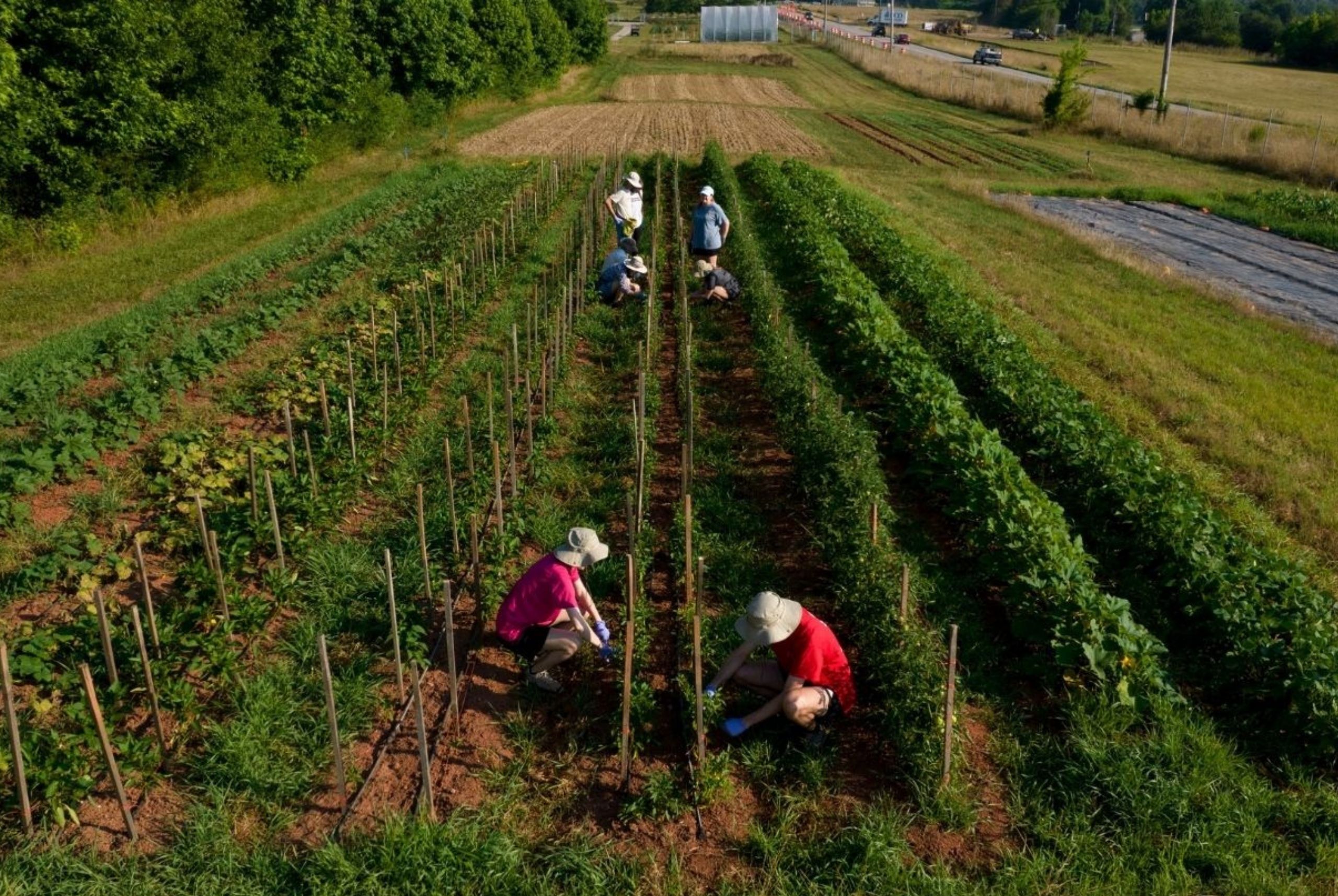Pomology, the study of fruit cultivation, plays a vital role in the agricultural industry. In Georgia, a state well-known for its agricultural output, pomology is not just an academic discipline but an essential component of its farming economy. From peaches to blueberries, fruit farming shapes Georgia’s agricultural landscape, influencing everything from the economy to local traditions. Understanding the impact of pomology on Georgia’s agriculture offers insight into both its current significance and future potential.
The Role of Pomology in Georgia’s Agriculture

Pomology significantly influences Georgia’s agricultural industry, contributing to both its economy and culture. This section explores the multifaceted role of pomology in Georgia’s agricultural success.
Economic Impact
Fruit farming is a cornerstone of Georgia’s agricultural economy. The state ranks as one of the leading producers of various fruit crops in the United States, particularly peaches, pecans, and blueberries. Pomology’s application ensures that Georgia remains competitive by optimizing production, improving crop yield, and fostering innovation in farming practices. For instance, Georgia is often referred to as the “Peach State,” and its peach industry alone contributes millions of dollars annually to the state’s economy.
The economic benefits of fruit farming extend beyond the harvest itself. The processing, packaging, and distribution of fruit crops create jobs and support Georgia’s agricultural infrastructure. The fruit industry not only drives Georgia’s agricultural output but also contributes to the state’s employment and income generation in rural areas.
Cultural Significance
Pomology is deeply woven into Georgia’s cultural fabric. Fruit farming, particularly peaches and pecans, has been a staple of Georgia’s agricultural identity for centuries. Annual peach festivals and events celebrate this legacy, drawing both locals and tourists to experience Georgia’s rich agricultural heritage.
The cultural significance of fruit farming is also seen in the state’s traditions and celebrations. For many Georgians, farming is not just a profession but a way of life that has been passed down through generations. The knowledge and techniques that define pomology are embedded in the practices of Georgia’s farmers, reinforcing the state’s connection to its agricultural roots.
Key Fruit Crops in Georgia
Several fruit crops dominate Georgia’s agricultural landscape, thanks in part to the scientific advancements in pomology. These crops have shaped the state’s economy and agricultural practices over the years.
Peaches
Georgia’s reputation as the “Peach State” is well deserved. Peaches have been grown in Georgia for centuries, and today, Georgia is the third-largest peach producer in the U.S. Pomology has played a key role in improving peach varieties, making them more resistant to diseases and pests while enhancing their flavor and shelf life. The economic and cultural importance of peaches cannot be overstated, as they form the foundation of Georgia’s fruit farming industry.
Pecans
Pecans are another significant fruit crop in Georgia, with the state being the largest producer of pecans in the U.S. The techniques used in pomology have led to the development of more efficient harvesting practices and higher yields. Pecans are not only vital to Georgia’s economy but also integral to its food culture, featuring in numerous local dishes and products.
Blueberries
Blueberries have seen a significant rise in production in Georgia in recent years. The state’s warm climate and the advancements in pomology have made it a prime location for blueberry farming. Blueberries are now one of Georgia’s top fruit crops, contributing to the state’s growing agricultural diversification. The demand for fresh and frozen blueberries continues to increase, providing new opportunities for Georgia’s farmers.
Apples and Grapes
While peaches, pecans, and blueberries dominate, apples and grapes also play an important role in Georgia’s agriculture. Apples are cultivated in cooler regions of the state, while grapes are grown for both fresh consumption and wine production. Pomology has enabled these crops to thrive by introducing new varieties that are better suited to Georgia’s climate.
Challenges and Innovations in Pomology
Despite its success, fruit farming in Georgia faces a variety of challenges, including climate variability and pests. Pomology has helped address some of these challenges, while also paving the way for new technologies and innovations.
Climate and Environmental Factors
Climate change and unpredictable weather patterns present ongoing challenges for fruit crops in Georgia. For example, sudden frost or prolonged droughts can severely damage fruit production. Pomology aids in developing fruit varieties that are more resilient to these environmental factors, ensuring a stable supply of crops despite fluctuating conditions.
Technological Advancements
Technological innovation in pomology has transformed fruit farming in Georgia. The use of precision agriculture techniques, such as drones, soil sensors, and automated irrigation systems, allows farmers to optimize water usage, manage soil health, and track crop performance in real time. These advancements help to maximize yields while minimizing costs, making fruit farming in Georgia more sustainable and efficient.
Additionally, sustainable farming practices, such as integrated pest management and organic farming, are becoming more prevalent, helping reduce the environmental impact of fruit cultivation. These innovations position Georgia’s agriculture for long-term growth while preserving the health of its natural resources.
Future Outlook
The future of pomology in Georgia looks promising, with continued advancements in farming practices and increased global demand for fruit products. As the state’s agricultural industry continues to diversify, pomology will play a central role in shaping the next generation of fruit farming. The growing importance of sustainability and technology will further enhance the resilience and efficiency of Georgia’s fruit crops.
Emerging markets for organic and sustainably grown fruit products also provide new opportunities for Georgia’s farmers. By embracing these trends and continuing to innovate in fruit cultivation, Georgia’s agricultural sector is well-positioned for continued success in the years ahead.
Conclusion
Pomology has a profound impact on Georgia’s agriculture, from its significant economic contributions to its deep cultural roots. The science behind fruit cultivation has helped Georgia maintain its position as a leading producer of peaches, pecans, blueberries, and other fruit crops. Despite challenges such as climate change and pest management, pomology continues to evolve, introducing new technologies and practices that support Georgia’s farmers. As the state’s agricultural landscape grows and diversifies, pomology will remain at the heart of its agricultural identity, ensuring a prosperous future for Georgia’s fruit farming industry.










